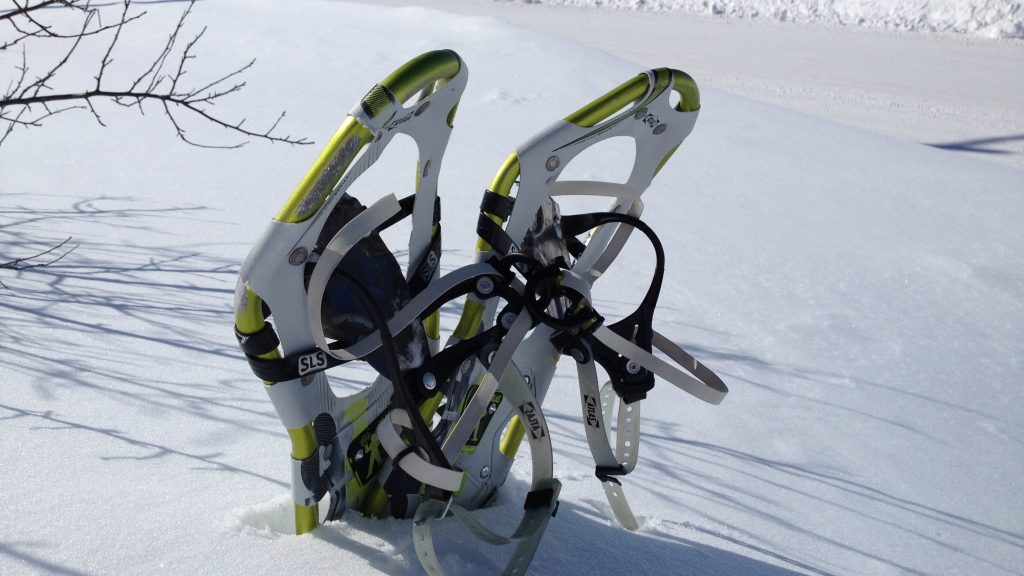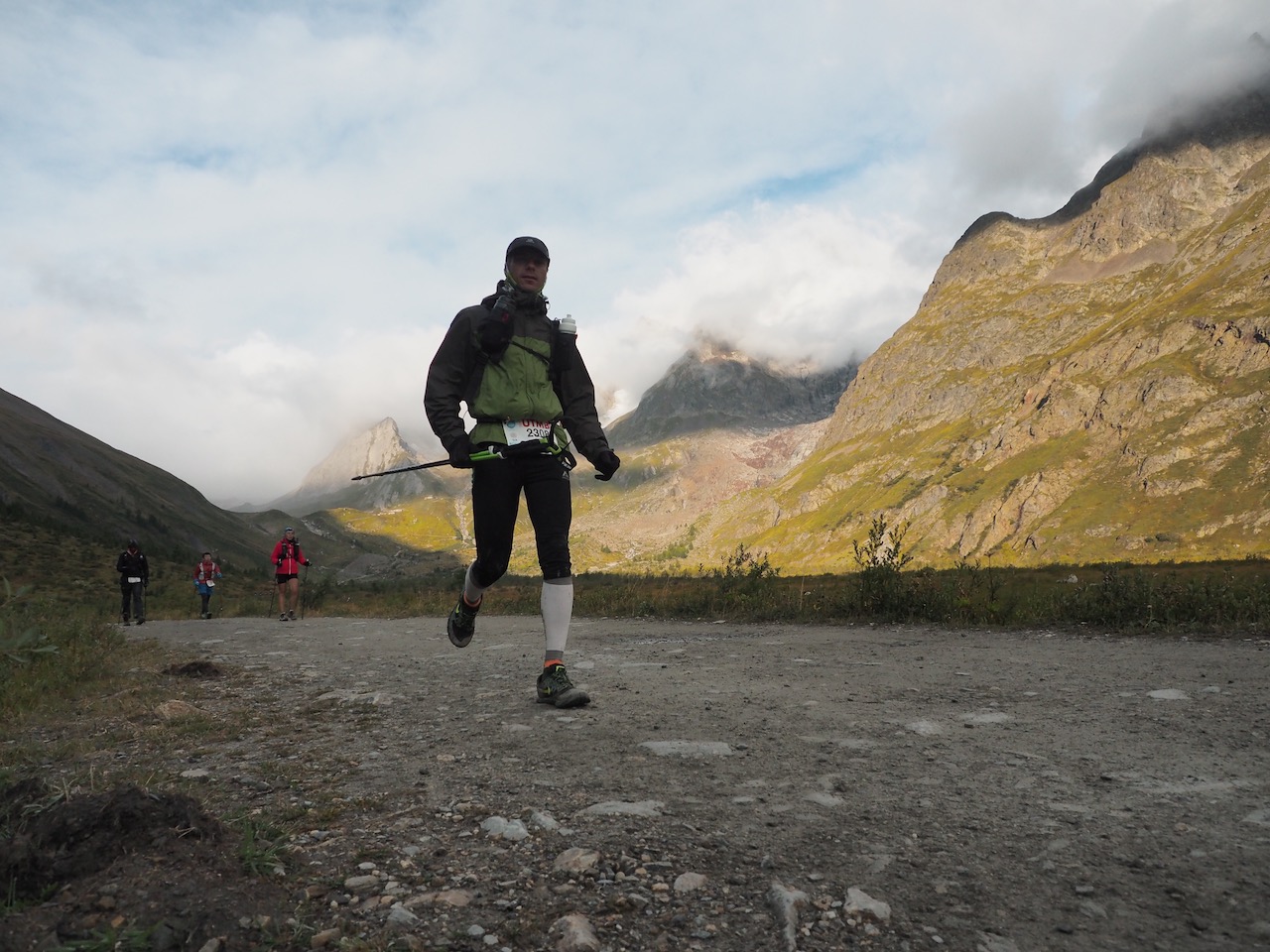Each year, the return of the cold and the fall rains is a reminder that the best of the trail running season is behind us. We try one last outing, but the grip is weak and the stabilizing muscles are strained. Some abdicate, even if they would like to continue. The solution: snowshoes! Distances+ offers advice on how to choose them.
Big manufacturers like Atlas, GV, Louis Garneau, MSR and TSL follow runners closely. They polled their customers and sensed a buzz. It is not for nothing that they have brought to the market, in recent years, impressive technological advances, mainly in terms of ergonomics.
All this research has ensured that snowshoes now know how to be forgotten under our sneakers.

Special characteristics
At its simplest, the snowshoe consists of a frame, a head mesh providing grip and a mounting harness. Period. However, TSL stands out with its Symbioz Racing snowshoe. Unlike its competitors, TSL has developed a snowshoe where the runner’s foot is completely attached to it, without any pivot system.
The snowshoe is smaller, but don’t be fooled, that’s not its only feature. It should have a minimum of design benefits, including providing natural movement when running. No, the kids’ snowshoes are not a good compromise!
Technical aspects to take into consideration
The designer is looking for a minimum of lift, because the race is done on hardened snow. If you wish to participate in competitions, you must respect the following aspects: minimum length of 55 cm, minimum width of 20 cm, with a minimum of four studs.
Lightness and ease of movement should be prioritized. Manufacturers offer a few more narrow models for women. If you have small feet, remember to check the positioning of your shoe in the binding.
As we usually buy our snowshoes at the start of the season, we must remember that we will wear them in the middle of winter and, often, in very cold weather. Choosing a tightening system in the store, at 20 degrees Celsius, is one thing, but fitting your snowshoes in -15 degrees is another. If you are doing triathlons, you will want to pay attention to the speed and precision of the harness in transitions.
Depending on your training grounds, the bite of your snowshoe will need to be taken into account. If you want to run on mountain trails, crampons will be a great allies. If you are running on relatively flat rolling terrain, the criterion of grip will be less important.
Before leaving the store

Since you’ll have to shell out around $250, take the time to check how your retailer will honor the warranty. Replacements can be long and laborious. Plus, if the vendor doesn’t offer courtesy snowshoes, winter could seem a lot longer.
You will also need to add a few items to your budget. For example, under gloves to easily adjust snowshoes without freezing your hands, or shoe covers to place on sneakers. In addition to serving as insulation, they will double up as gaiters. Shoe covers that are used for road cycling are an excellent choice. Clothing should also take into account the snow that will be thrown at the back of your thighs.
Snowshoeing will give a new dimension to your winters. For example, go on a headlamp outing, on a full moon, on top of a mountain. It will be a magical moment.
Translation: Caroline Beaton
Must Read:
- How to choose the best professional to treat an injury
- Becoming a Fat Adapted Athlete for Ultrarunning
- Choosing a Shoe Is an Exercise in Itself: Minimalism Explained


